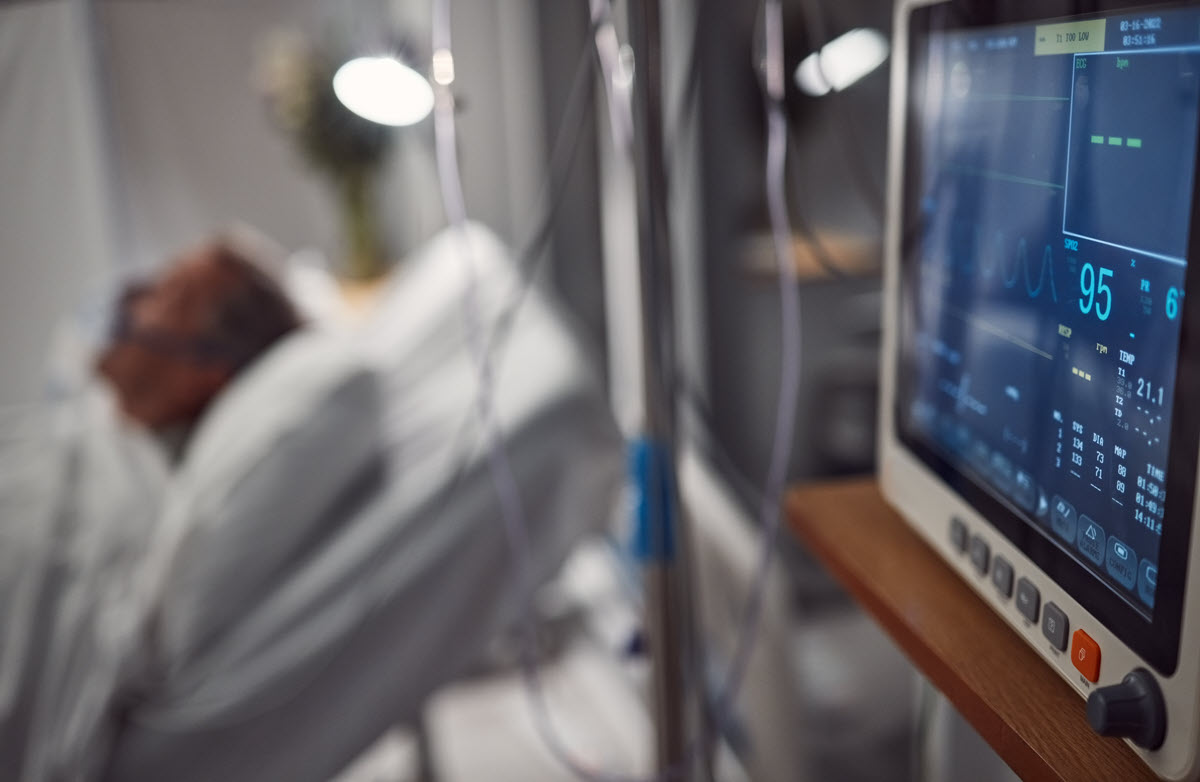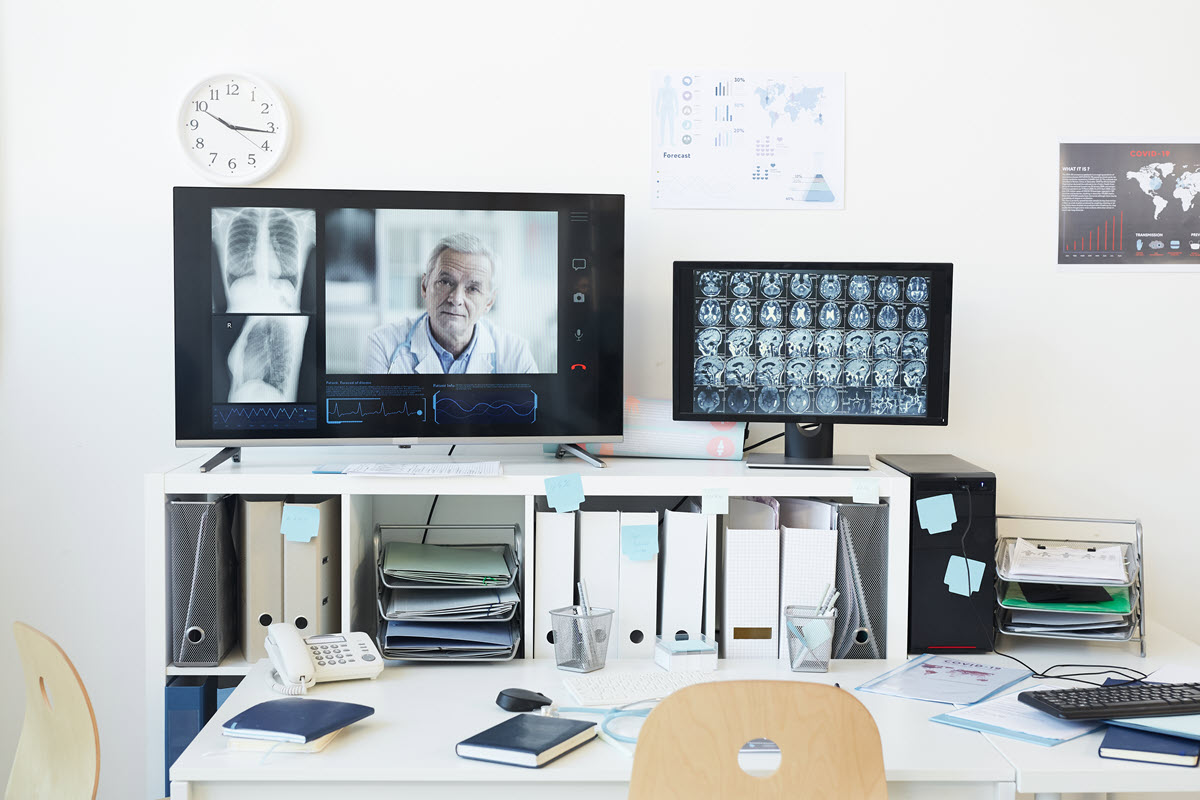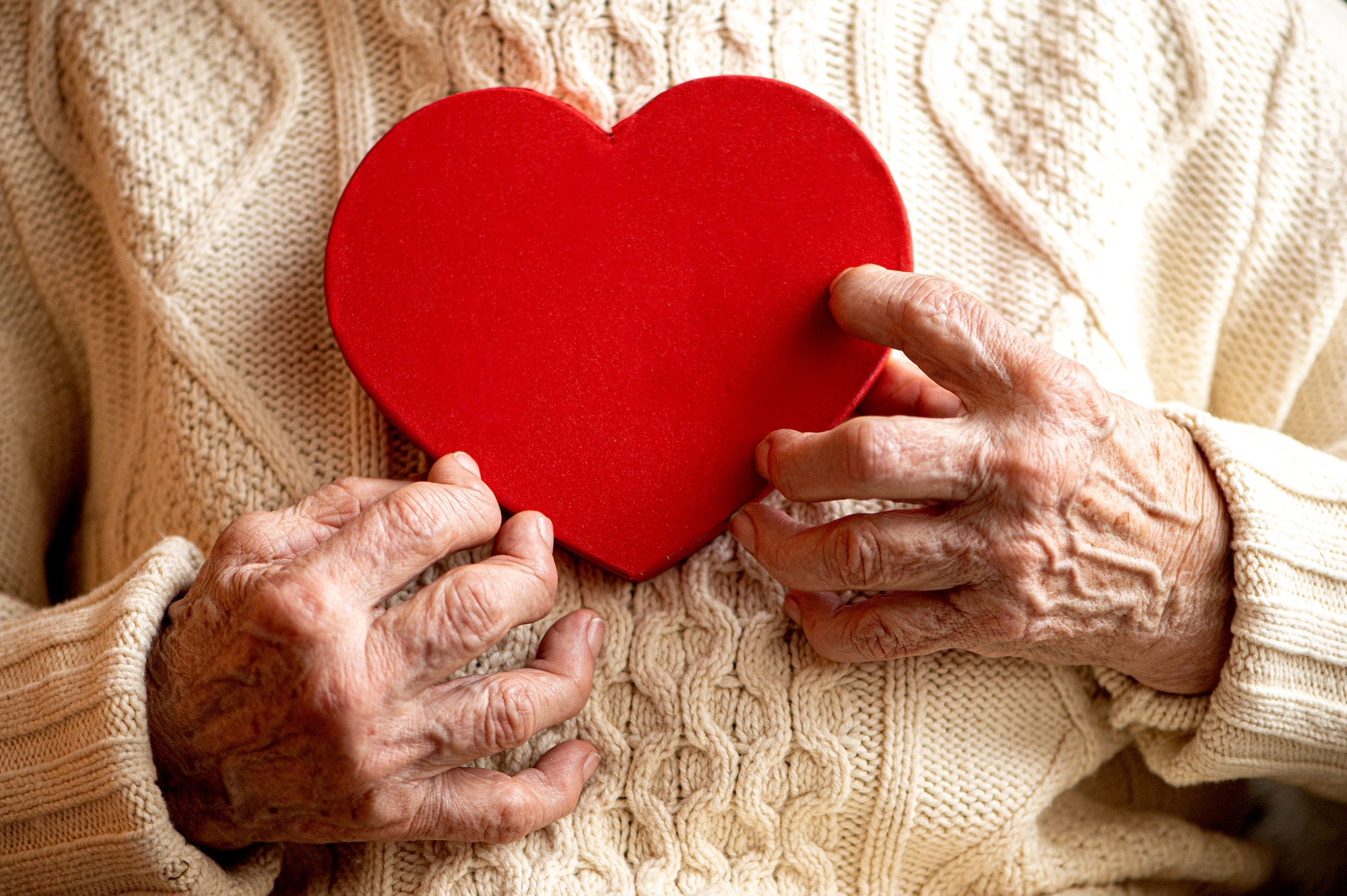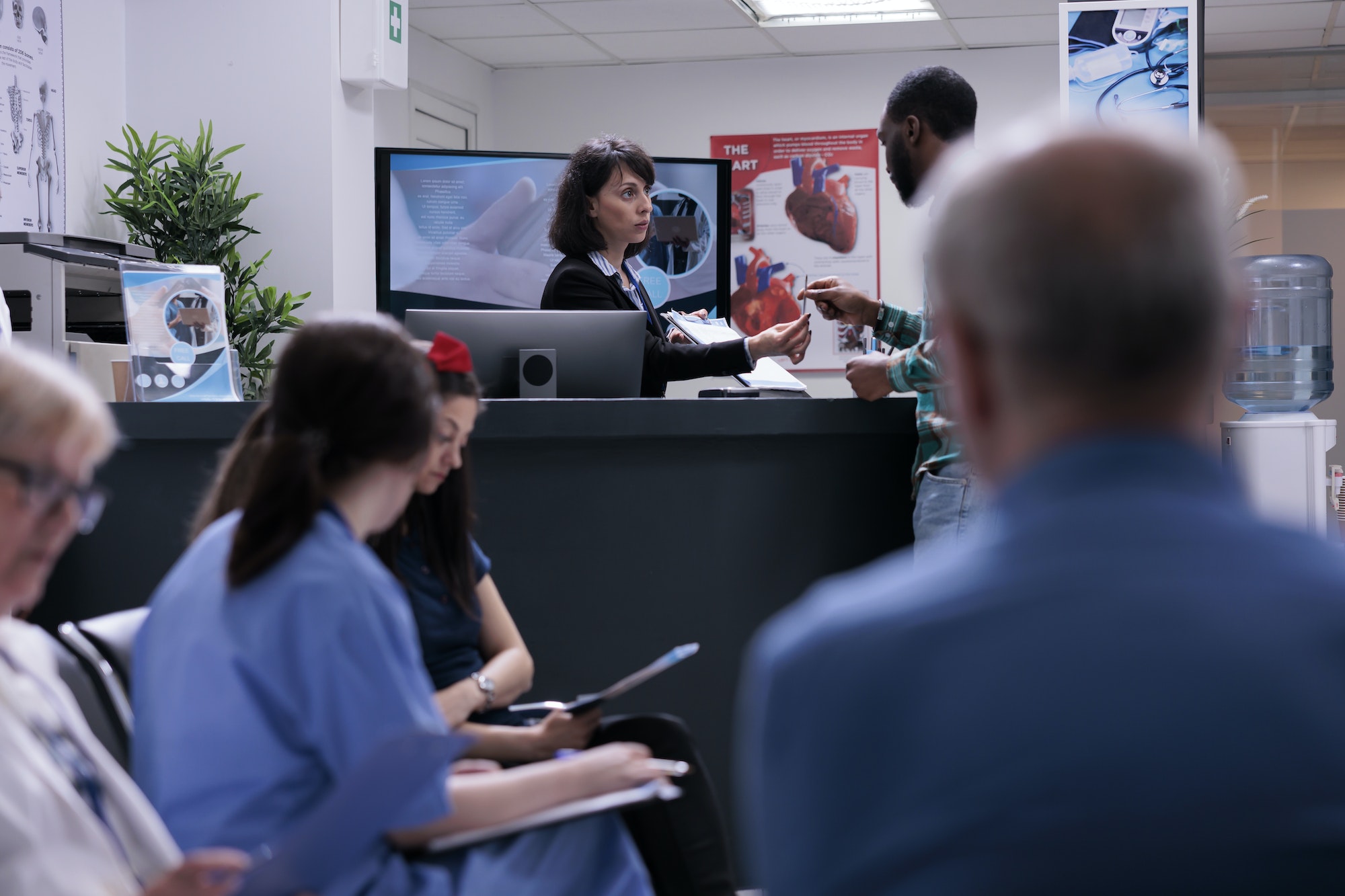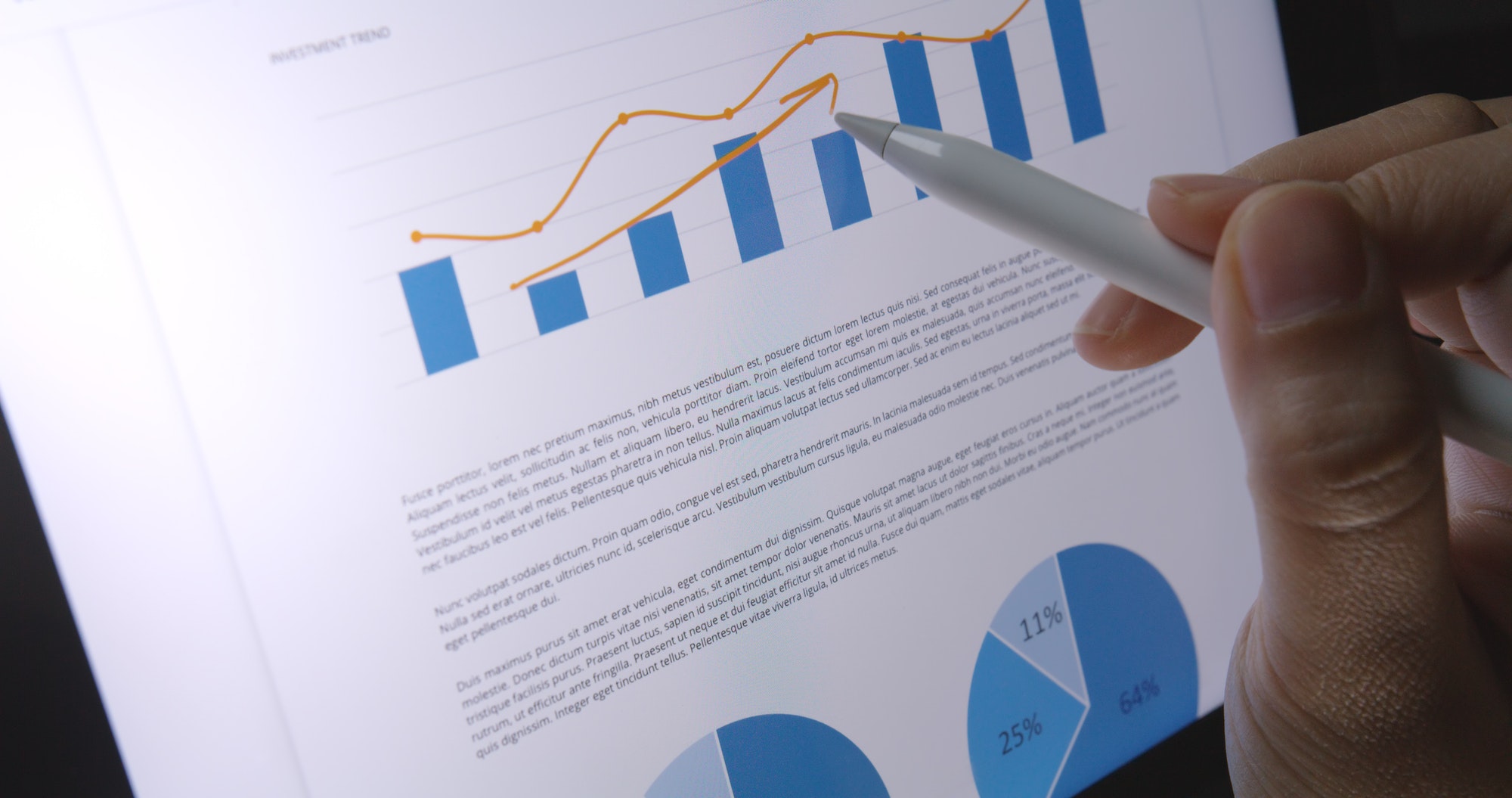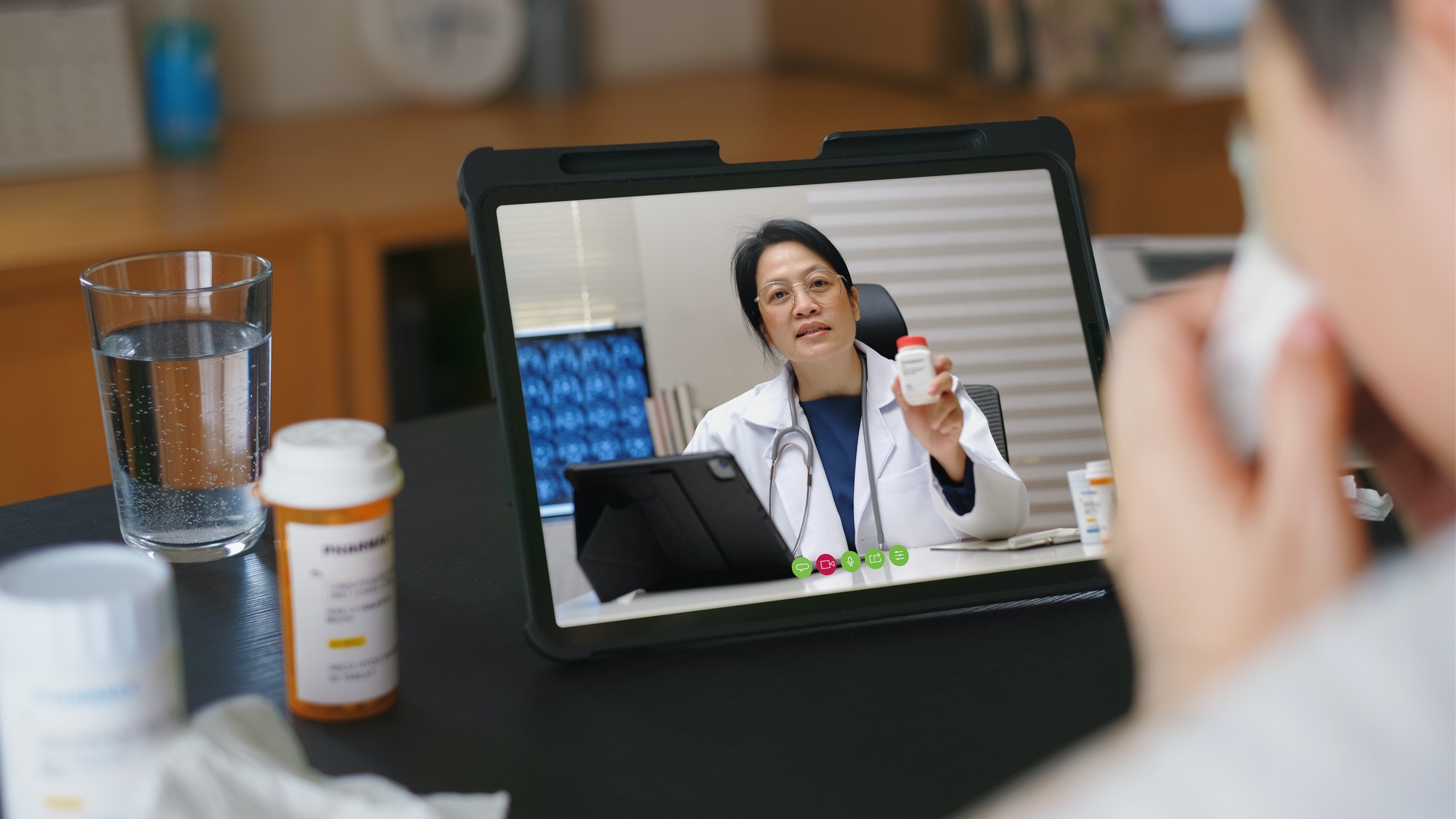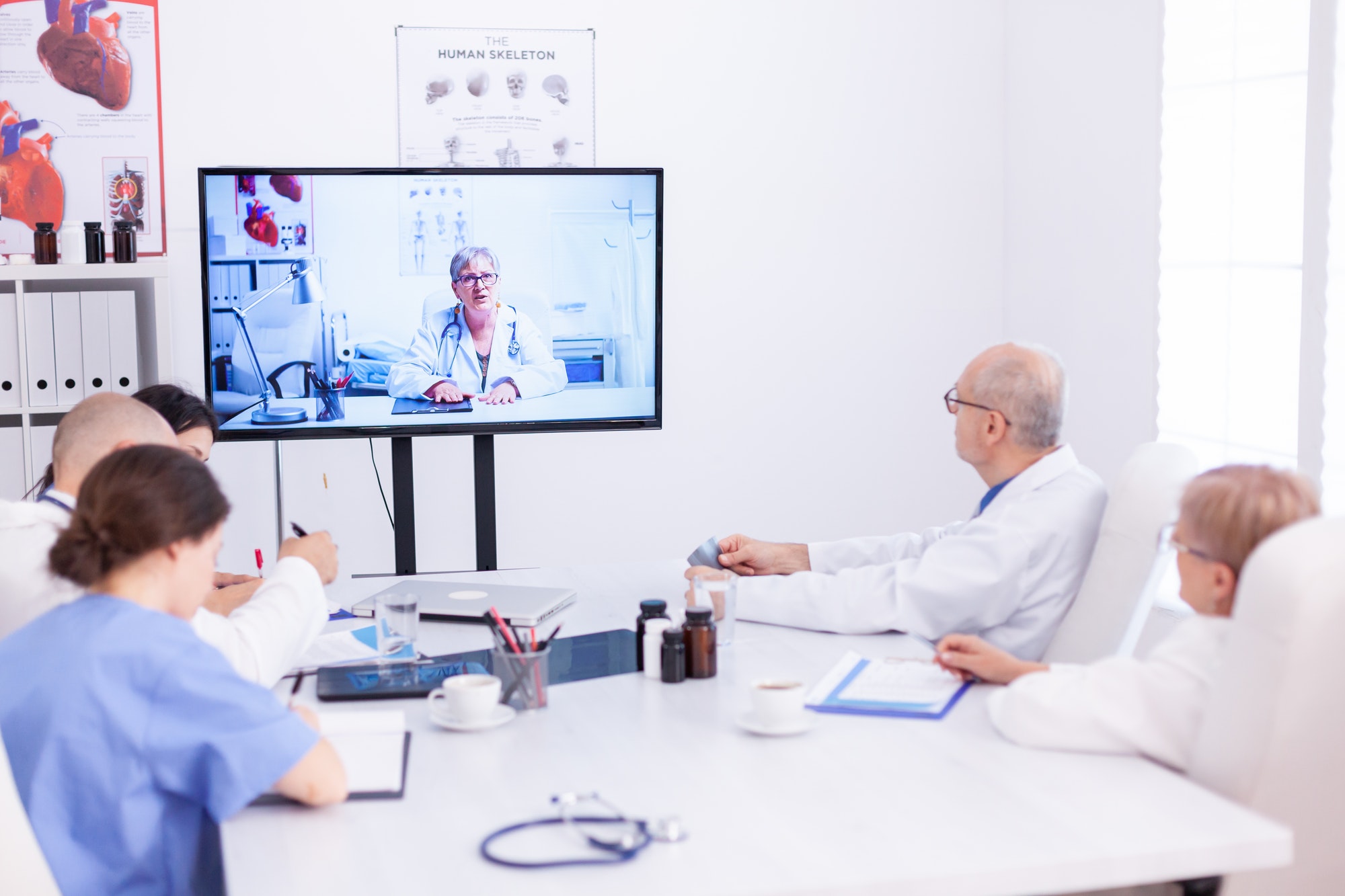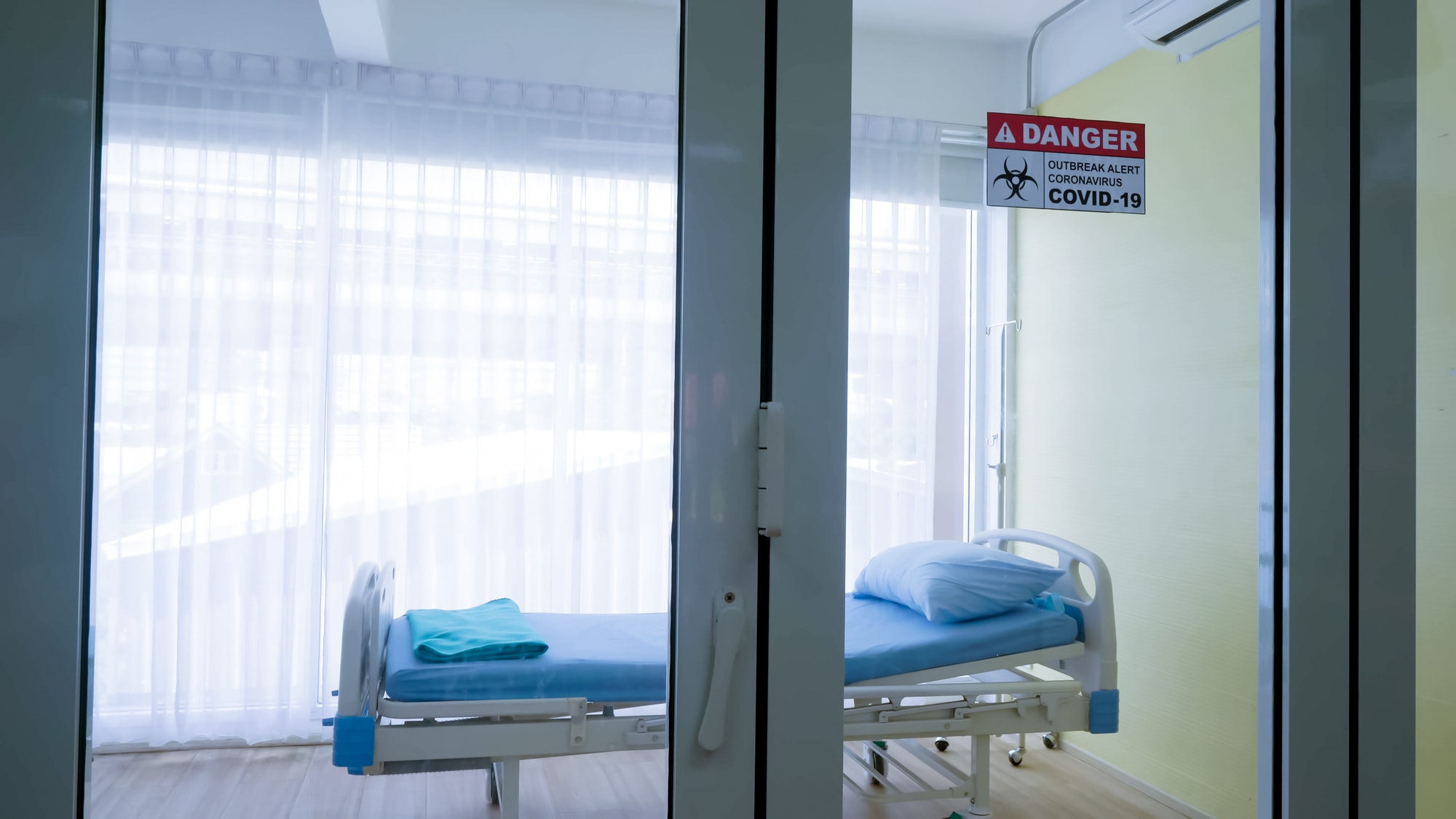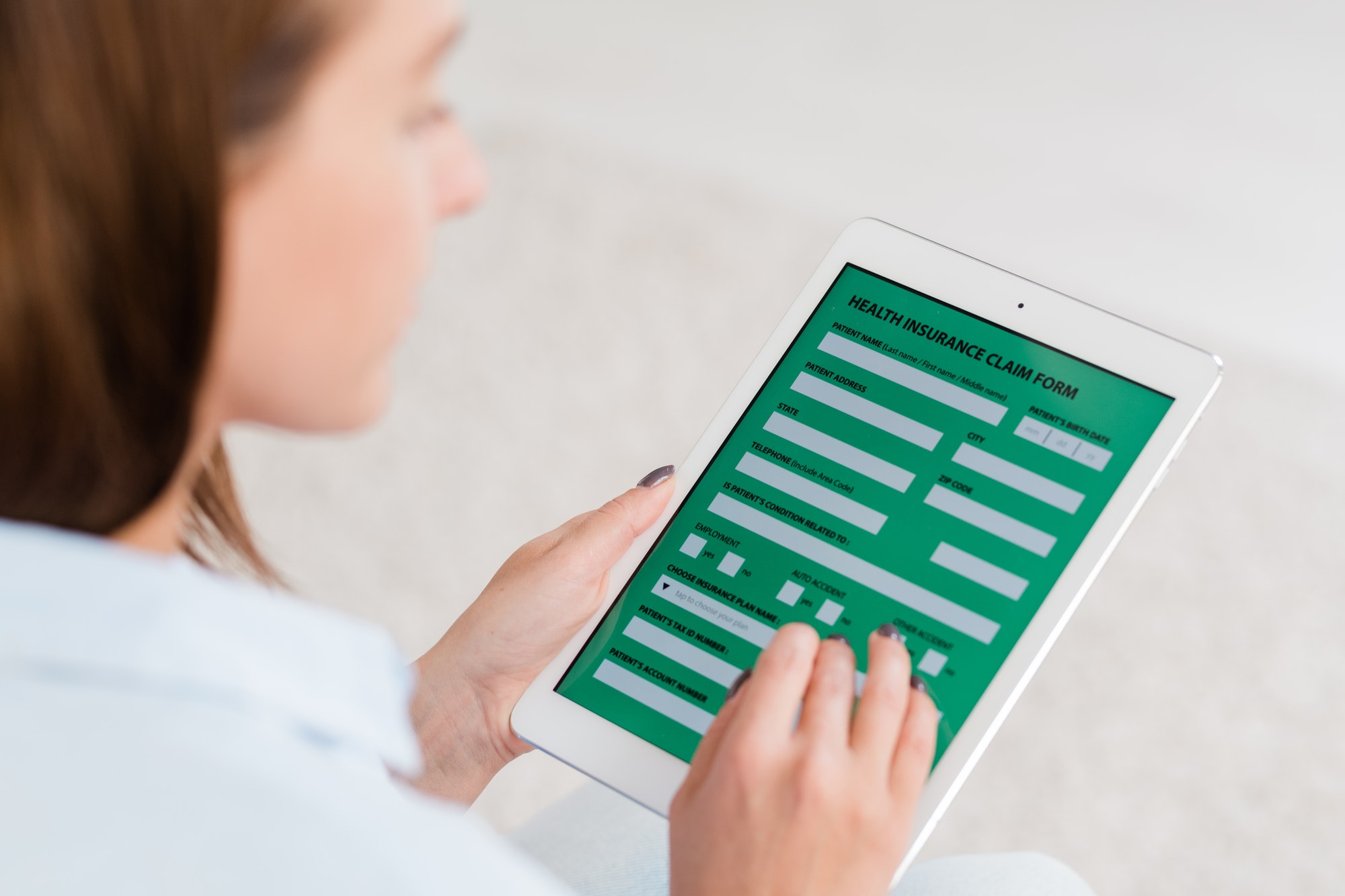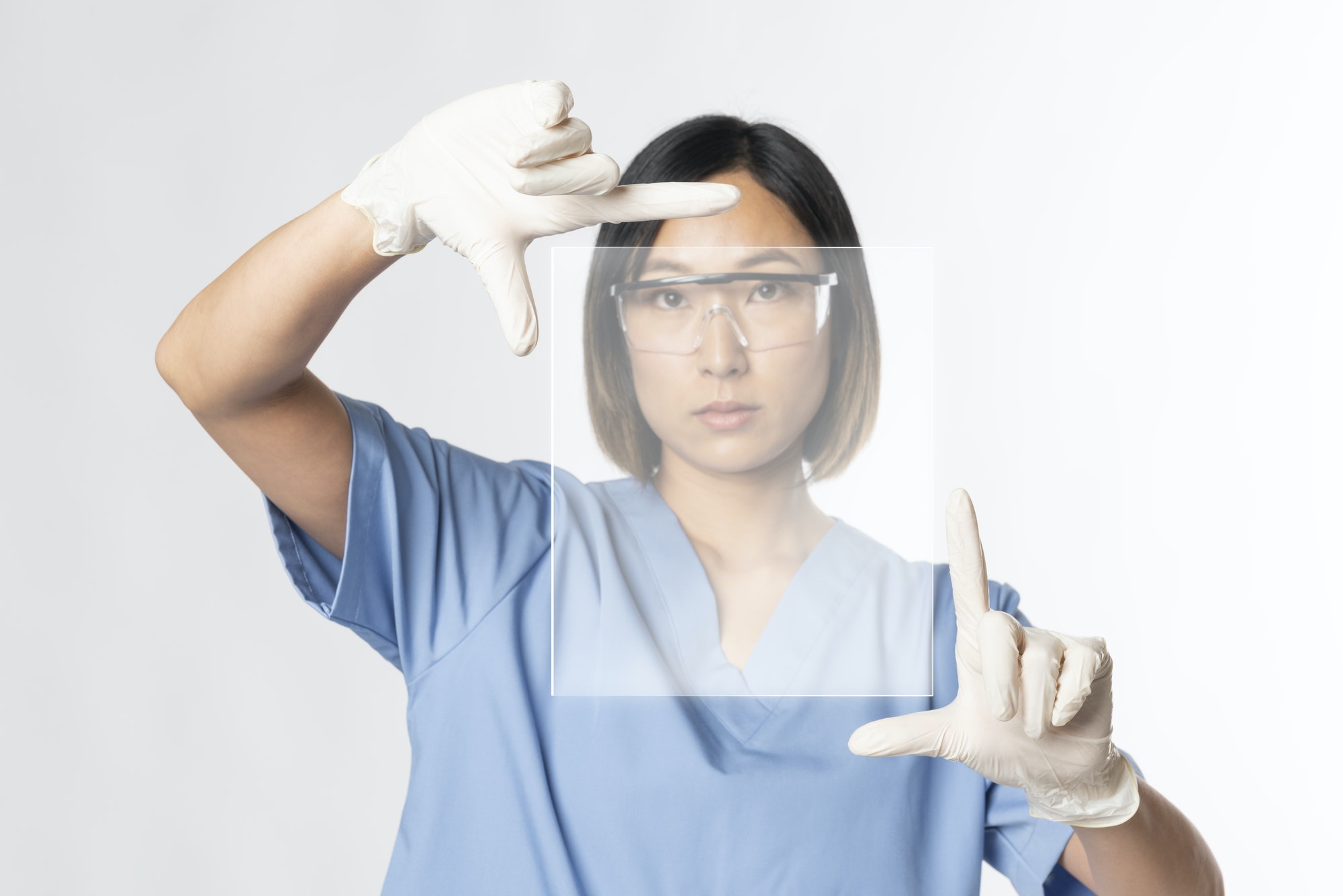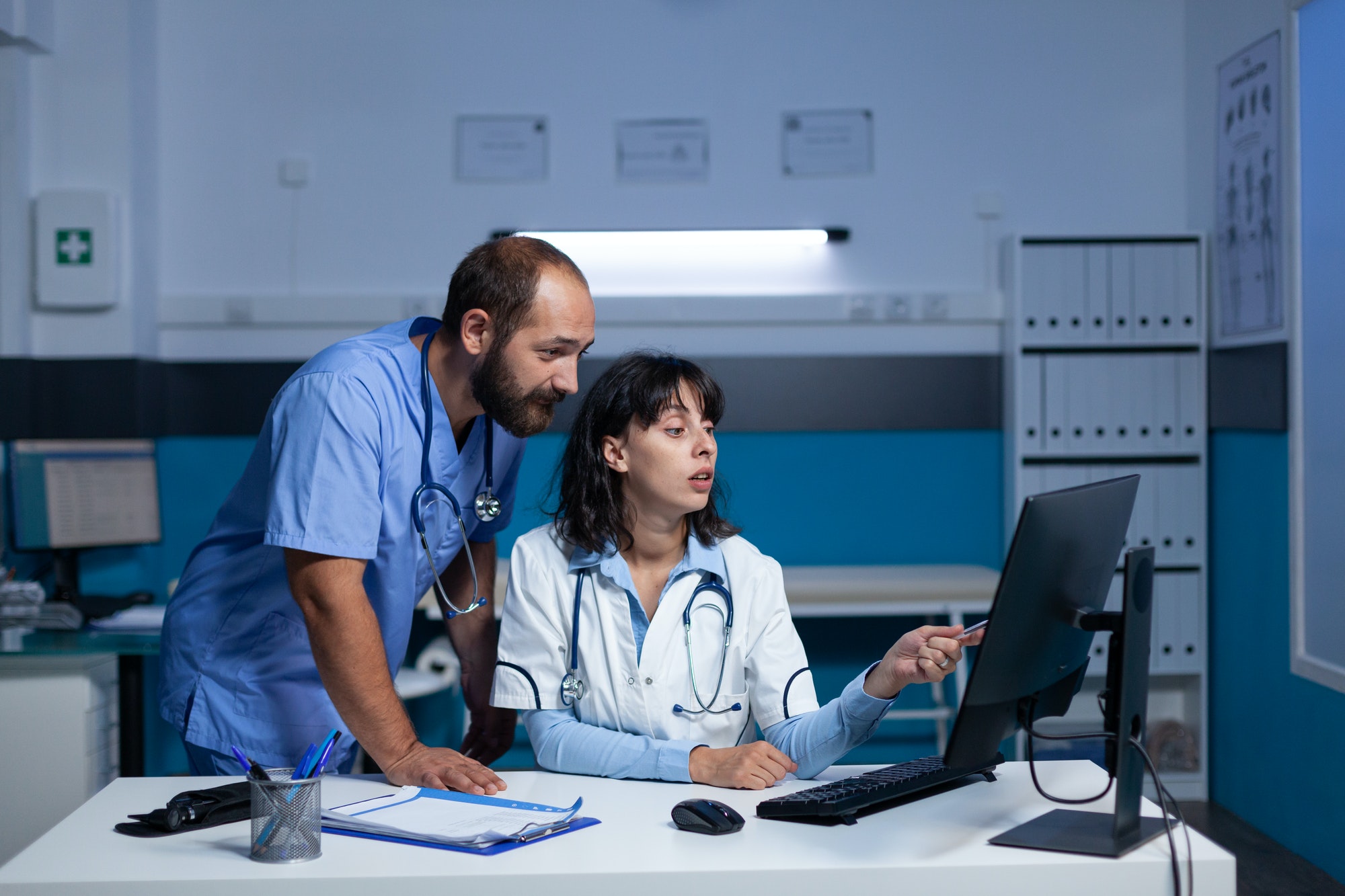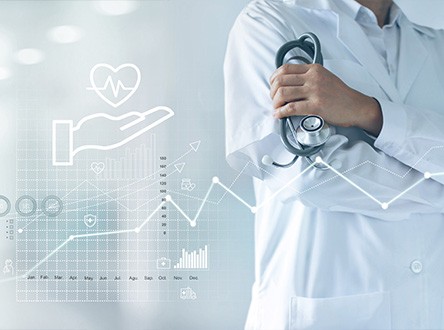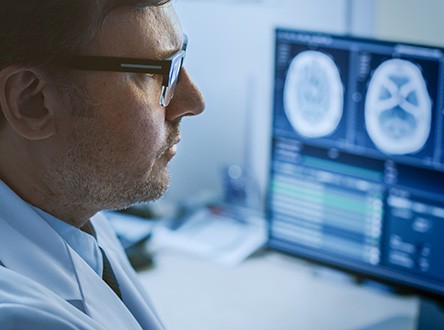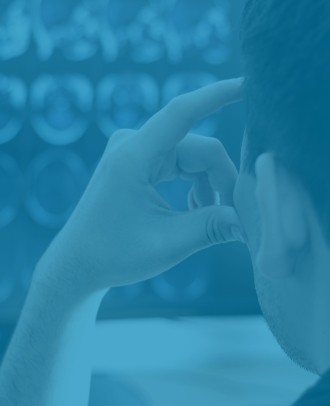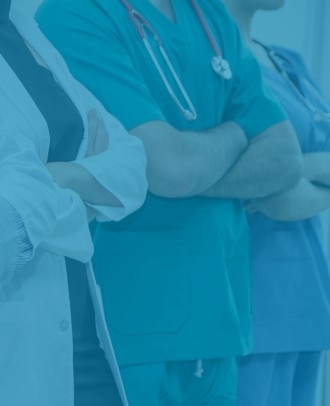DISCLAIMER: The below blog entry was written by an outside, unrelated party and does not necessarily express the opinions or views of or associated with the RemoteICU brand or the individuals associated with the RemoteICU brand. The blog is not necessarily endorsed or supported by RemoteICU nor was the entry reviewed and accepted by individuals associated with RemoteICU. The blog entry is provided simply to address and create interest in topics of import related to telemedicine. Your own independent research and decision-making and seeking of expert / professional opinions are required before you make any decisions whatsoever or form any opinions with respect to any topics addressed therein. By reading the blog entry, you consent to accepting the terms and conditions in this disclaimer.
Although physician burnout was a known problem long before the COVID-19 pandemic, the initial COVID-19 wave and then the Omicron variant wave pushed physicians and ICU teams to their physical and psychological limits.
The dramatic strains that the COVID-19 pandemic placed on the medical system made the public aware of the day-to-day stresses that healthcare workers were experiencing and thereby opened new avenues for doctors to express themselves and to get emotional support. Despite this, many healthcare workers, including critical care nurses, have experienced burnout and are considering leaving or have already left their positions, thereby further depleting the ranks of an already understaffed profession.
Some in the industry are even calling this The Great Resignation. The adoption of eICU / TeleICU has provided much-needed support and relief for the bedside staff. and could potentially be a long-term solution for this severe burnout problem.
Public Awareness
During the COVID-19 pandemic, the media has lauded healthcare workers who have been at the forefront of the pandemic battle. Through this exposure, the public has finally become aware of the challenges that the healthcare workers have been facing. There has also been increased public awareness of the administrative burdens that physicians feel impair their ability to deliver the quality critical care medicine they have been trained to provide.
As mentioned, physician burnout is not new. According to Dr. Tina Shah, MD, MPH, principal, TNT Health Enterprises, 50 percent of physicians suffered burnout before the COVID-19 pandemic but the added challenges of the pandemic, particularly the shortage of supplies and resources, have stretched physicians to their limit.
Prior to the COVID-19 pandemic, however, the problem of physician burnout was not widely known because the topic was taboo. Burnout existed in the physicians’ culture of perfection, where these high achievers are reluctant to show signs of weakness and thereby risk carrying the stigma of having mental illness. Nevertheless, documentary filmmaker Robyn Symon’s groundbreaking film Do No Harm takes a hard look at the growing problem of physician burnout and suicide. The film (check the preview here) discusses fatigue and job stress in the medical community which can result in physical and mental exhaustion and, sometimes, suicide. The film explores these painful realities and questions whether health systems and medical schools contribute to the problem.
Helping Hands
Healthcare workers’ struggles are now being recognized and there are those who are stepping up to the plate to help. For example, in 2016, ChristianaCare founded its Center for Provider Wellbeing to help healthcare providers find meaning and joy in their profession by alleviating the causes of burnout and stress. The organization is among the few US institutions that have been at the forefront of dealing with what they call the “physician burnout epidemic,” ̶ an epidemic that is seeing nearly one in five US physicians planning to reduce their hours or quit the profession entirely.
The American Medical Association to tackle Physicians Burnout
The American Medical Association (AMA) has launched a Recovery Plan for America’s Physicians to tackle burnout. The organization states: “You took care of the nation. It’s time for the nation to take care of you. It’s time to rebuild. And the AMA is ready.” The plan includes:
- Fixing prior authorization
- Reforming Medicare payment
- Fighting scope creep
- Supporting telehealth
- Reducing physician burnout
The last two points are especially significant and interconnected. Firstly, to reduce burnout, the AMA intends to remove administrative burdens, deliver real-world answers, and help revive physicians’ happiness in their field. A fundamental way to achieve this is by supporting telehealth and implementing telemedicine programs. The AMA describes comprehensive telehealth reform as “critical to the future of health care.”
During the COVID-19 pandemic, telehealth and eICU emerged as crucial tools for maintaining critically ill patients’ access to high-quality health care. eICU helped on-site physicians and staff cope with the overwhelming number of patients in the overcrowded intensive care units. By adopting telehospitalist programs, hospitals provide relief to care teams who have been stretched to their physical and emotional limits, The government has facilitated this by easing restrictions on the services offered by telehospitalist companies e.g. allowing reciprocal recognition state licensure of remote physicians operating from command centers across state lines. Unfortunately, the government has stated that when the COVID-19 pandemic resolves, the stricter rules will once again go into effect. However, the AMA says it is now fighting for laws to extend the relaxation of the telehealth coverage and payment rules permanently.
Telemedicine Services & Dr. Burnout and the benefits of telemedicine for physicians
We have extolled the benefits of telemedicine for physicians, but what do the physicians themselves think of virtual care? The private-sector-led COVID-19 Healthcare Coalition conducted a Telehealth Impact Study exploring clinicians’ experiences with telemedicine. The survey included 1,594 physicians and other skilled healthcare professionals countrywide. Most respondents (55 percent) indicated that telehealth had enhanced their work satisfaction, and 68 percent said they would increase telehealth use in their practices.
The more telemedicine is used and becomes part of the new norm, the less likely it is that doctors will leave the profession. This would result in fewer manpower shortages thereby further decreasing the risk of burnout.
During an episode of AMA’s Moving Medicine video series on physician burnout, Dr. Shah, an expert on the topic, discussed finding the ‘secret sauce’ to prevent burnout. She explains that one can achieve much with technology and imagination. For instance, virtual senior physicians can serve as backups for doctors or residents in and beyond the ICU.
According to Shah, the secret lies in asking physicians what they need and then designing solutions accordingly. She adds that the creative use of tele-ICU and virtual medicine addresses burnout as physicians finally have access to the resources which help them meet the demands of their job.







